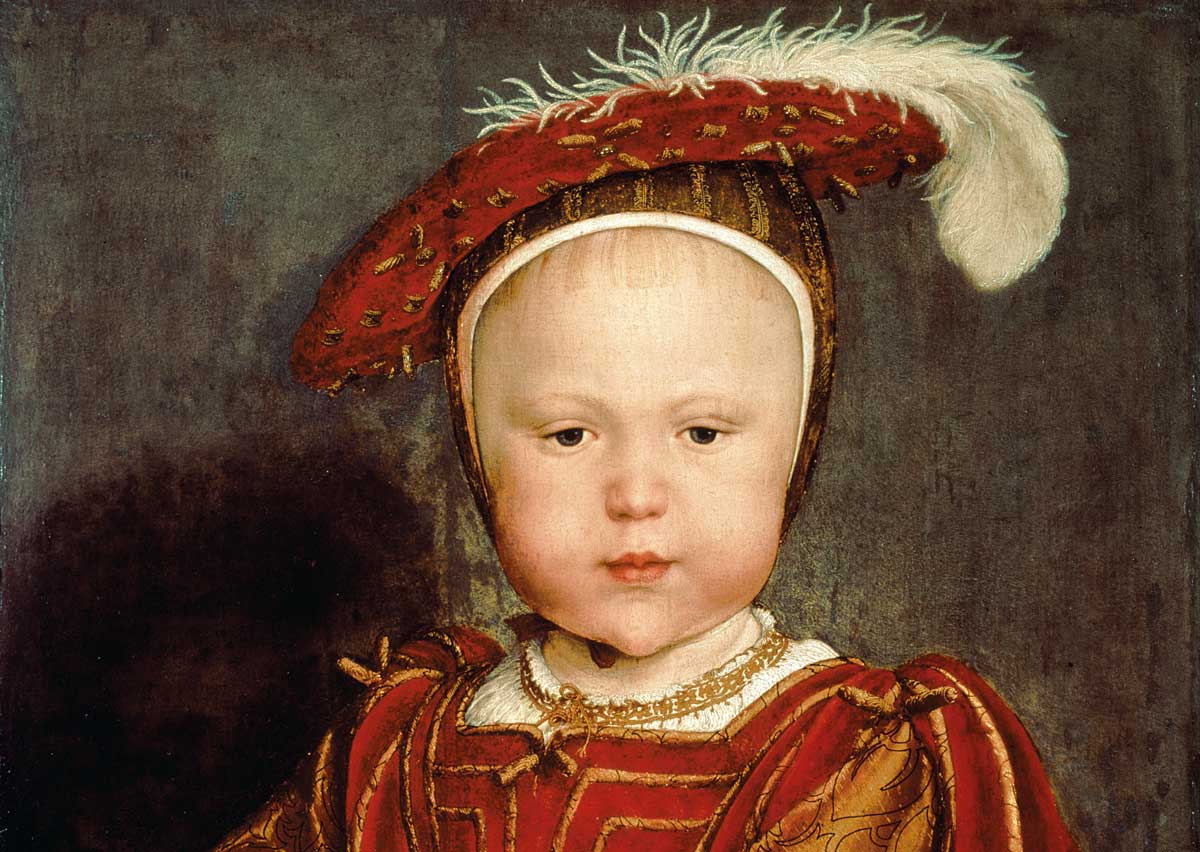Life in the Time of Plague - 5 minutes read

Nearly 30 years after his accession to the throne and following a long struggle to provide a healthy male heir, Henry VIII had finally produced the legitimate son he craved. At around 2am on Friday 12 October 1537, Prince Edward, the future Edward VI, was born at Hampton Court Palace, west of London, on the banks of the River Thames. Henry had only acquired, or perhaps requisitioned, Hampton Court from Cardinal Thomas Wolsey, his fallen alter rex, in 1525. On the day of his birth, Edward’s mother, Jane Seymour, wrote to Henry’s chief minister, Thomas Cromwell, to inform him of the birth of a son ‘conceived in lawful matrimony’: a deliberate proclamation of the child’s legitimacy. Shortly after Edward’s birth, messages of congratulation flowed into the royal in-tray, typified by a note from Margaret Wotton, Marchioness of Dorset, expressing that this was ‘the most joyfull newes, and gladde tydynges, that cam to Englond thies many yeres’. For Henry, this was far from hyperbole.
Three days after Edward’s birth, the infant prince was christened in the Chapel Royal at Hampton Court, before a congregation of some 400 people. Edward, dressed in an immaculate white christening gown, was collected from his mother’s apartments in the palace and carried to its chapel under a royal canopy by three prominent members of the English nobility: Gertrude Courtenay, Marchioness of Exeter, Thomas Howard, Duke of Norfolk, and Charles Brandon, Duke of Suffolk. The prince was greeted by the sound of 24 trumpeters on his arrival at the chapel, having passed under its porch, which was adorned with cloth of gold, before processing down its carpeted aisle and under its magnificent blue and gold ceiling.
Edward’s christening was indeed a moment of great promise and relief for Henry, who could finally confirm his family’s succession, the fundamental duty of a monarch and, therefore, a matter that had been all-consuming. Accordingly, the christening demanded all the splendour of the royal court and involved the attendance of elite representatives from across the kingdom, including the infant prince’s half-sisters, the princesses Mary and Elizabeth, aged 21 and 4 respectively. Mary was chosen as Edward’s godmother, alongside three godfathers, Thomas Cranmer, Archbishop of Canterbury, Thomas Howard and Charles Brandon. While a typical gift at a royal christening would be plate, we know that Mary gave Edward a gold cup, while Cranmer, Howard and Brandon opted for varied silver gilted bowls and pots.
A shadow was cast over the occasion, though. Plague had returned to England in the spring of 1537, just months before Jane went into labour, and Henry was understandably concerned. The disease had spread rapidly across the south of England and had reached London and the Home Counties in the summer months, before petering out by the end of October that year. Indeed, Sir Richard Tempest, who was being held in London’s Fleet Prison in the summer of 1537 for his part in the Pilgrimage of Grace the previous year, reported to Cromwell that ‘the weather is so hot and contagious and the plague so sore in the city’. Although Henry’s decision to withdraw himself, his family and his court from the city could simply have been an overcautious move, the threat of the epidemic was certainly significant enough for William FitzWilliam, Earl of Southampton, and Sir William Paulet to report to Cromwell from Croydon on the day of Edward’s birth about the extent of the plague there. Holed up at Croydon Palace, just 13 miles east of Hampton Court, Paulet and FitzWilliam suggested that they, along with Margaret, Marchioness of Dorset, who had been originally chosen to carry the prince at his christening, remain where they were, rather than travelling to Hampton Court for the christening and risk carrying the infection with them (or at least risking their own health along the way).
Accordingly, on the day that Edward was born, a mandate was issued to London’s sheriffs ‘on account of the plague’, placing restrictions on those who could attend court on the day of the christening: at the top of the pecking order, we find that dukes were permitted to bring six servants with them, while knights were limited to just two, that is to say, half the number of servants that they would ordinarily be permitted to bring to court. Henry and his daughters had all been christened at the Observant Friars in Greenwich, while Henry’s older brother, Arthur, had been christened at Winchester Cathedral and his eldest sister, Margaret, at Westminster Abbey. Henry’s recent acquisition of Hampton Court meant Edward’s birth and christening could take place at the same venue, some distance from the putrid air of London.
Following the ceremony, Edward was returned briefly to his waiting parents in the queen’s private apartments, before being taken by his nurses on the king’s orders to be kept in isolation in his own lodgings in Chapel Court, all in an effort to protect the boy, the ‘realm’s most precious jewel’. Thereafter, only those with royal approval, namely his nurses, including the ‘rockers’ of the royal crib, and his immediate family, were allowed near the child to protect him from possible infection or harm. The celebrations continued into the night, with the great and good of the kingdom left to drink wine, break bread and reflect on the significance of the day.
The splendour of Edward’s christening reveals the sense of celebration at his safe arrival, while its setting highlights the palpable anxiety around the welfare of the child, parents and court in the context of a national health crisis. No matter how intimate and secluded Edward’s christening might have been, it is tempting to imagine what sort of event Henry would have laid on had he not been limited by the circumstances.
Simon Lambe is an Associate of King’s College London.
Source: History Today Feed